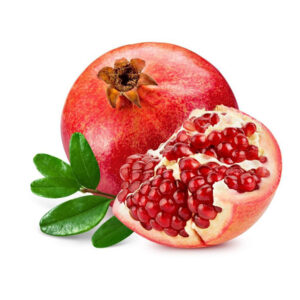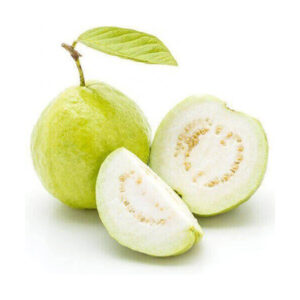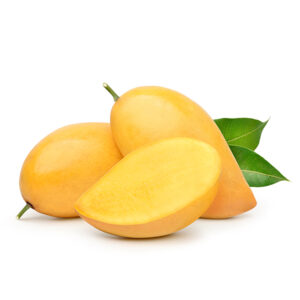When it comes to citrus export, oranges top the list as one of the most globally traded fruits. But exporting them isn’t as simple as packing a crate and booking a shipment. Each country has its own rules, documentation standards, and inspection protocols, making it important for exporters to understand what’s expected—before hitting “go.”
Why Regulations Matter in Citrus Export
Citrus fruits are perishable, delicate, and highly regulated due to pest control measures, food safety laws, and quality assurance standards. For oranges in particular, regulations focus on:
- Phytosanitary requirements
- Residue levels of pesticides
- Packaging and labeling guidelines
- Cold chain protocols
- Customs clearance and import documentation
Missing even one step can lead to shipment delays, product rejections, or costly fines. This is why exporters need a reliable partner—like PEI Trade—who understands the technicalities of international citrus export.
Country-by-Country Orange Export Regulations
European Union (EU)
Overview: The EU is one of the largest importers of citrus globally, but also one of the strictest. Exporters must comply with Regulation (EC) No 396/2005 and the General Food Law Regulation (EC) 178/2002.
Key Requirements:
- Phytosanitary certificate
- Maximum Residue Level (MRL) compliance
- Farm-to-shelf traceability
- Lot numbers and country-of-origin labeling
- Importer registration on TRACES system
Pro Tip: Use eco-friendly packaging. EU buyers love sustainability.
China
Overview: China’s import demand is high, but entry depends on strict protocols and agreements.
Key Requirements:
- Registration with GACC
- Approved orchards and facilities
- Cold treatment required
- Inspection and lab testing on arrival
Pro Tip: Build in buffer time for customs clearance.
Russia
Overview: Russia favors citrus imports from Egypt and Turkey amid shifting trade alliances.
Key Requirements:
- Phytosanitary certificate
- Quarantine inspection
- Compliance with Russian food safety laws
- All documents in Russian
Pro Tip: Translation errors are a major delay cause—double-check!
United States
Overview: The U.S. enforces citrus regulations via the USDA and FDA.
Key Requirements:
- USDA phytosanitary certification
- Approved pest treatment protocols
- Labeling with net weight, pack date, and origin
- FSMA traceability compliance
Pro Tip: Partner with a customs broker for smooth clearance.
Saudi Arabia
Overview: A top importer of Egyptian oranges, Saudi Arabia demands quality and compliance.
Key Requirements:
- SFDA exporter registration
- Pesticide residue testing
- Arabic labeling
- Halal certification if needed
Pro Tip: Use durable packaging to survive long transit in hot climates.
United Arab Emirates (UAE)
Overview: As both a consumer and a re-export hub, the UAE is vital to citrus trade.
Key Requirements:
- Labeling per UAE Standard 993
- Phytosanitary certificate
- Arabic and English labeling
- Registration with UAE authorities
Pro Tip: Ship during cooler months to reduce spoilage risks.
Key Challenges in Citrus Export
- Seasonal mismatches in supply and demand
- Inspection and customs delays
- Cold chain failures
- Regulatory changes
- Communication issues across regions
How PEI Trade Simplifies Citrus Export
At PEI Trade, we go beyond logistics. We provide complete export support for citrus growers and buyers around the world.
Our Services Include:
- Export documentation & compliance
- Custom packaging per market standards
- Real-time tracking and support
- Cold chain logistics
- Buyer onboarding and market access
Citrus Export Made Simple—With the Right Partner
Success in orange exports depends on more than just fresh fruit—it takes smart strategy, local know-how, and precision logistics. That’s where PEI Trade delivers.
Let’s get your citrus moving. Contact us to learn how we can grow your business together—one shipment at a time.
FAQs
Do I need special certification to export oranges?
Yes, most countries require a phytosanitary certificate and documentation confirming food safety and pest control.
Can PEI Trade help with documentation and compliance?
Absolutely. We manage the paperwork so you can focus on production and selling.
Is there a minimum order quantity to work with PEI Trade?
No. We support clients of all sizes, from small farms to large exporters.
What types of packaging do you offer?
We provide customized export-grade packaging that meets the importing country’s standards and protects freshness.
Can I track my citrus shipments in real time?
Yes, we offer full transparency and live updates on all your citrus exports.







